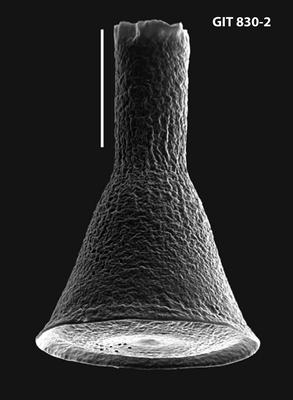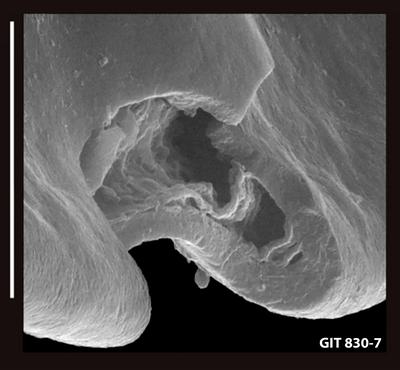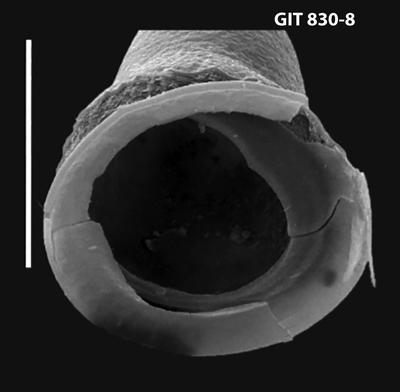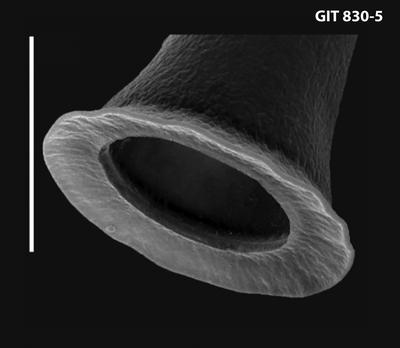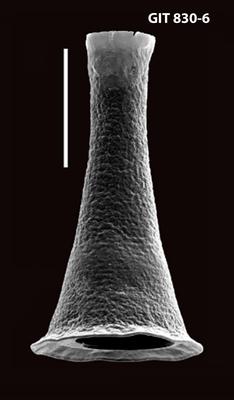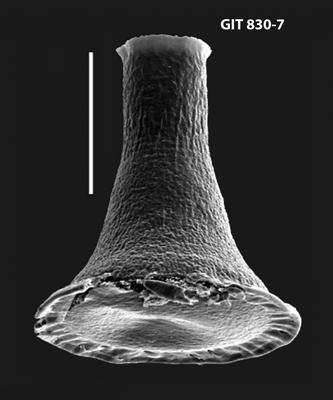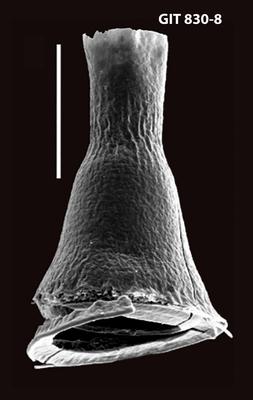Publications
Wang, W. et al., 2021
| ID | 30183 |
|---|---|
| Reference | Wang, W. et al., 2021 |
| Author | Wang, W., Liang, Y., Lyu, Q., Hints, O., Chen, S., Nõlvak, J. |
| Year | 2021 |
| Title | Chitinozoans with “skirt”: Ultrastructure and palaeoecological implications of carina in Cyathochitina Eisenack, 1955 |
| Journal | Palaeogeography, Palaeoclimatology, Palaeoecology |
| Volume | 570 |
| pgs. | 110348 |
| Source type | article in journal |
| Language | English |
| DOI | 10.1016/j.palaeo.2021.110348 |
| Abstract | Carina, a sharp extension of the basal margin in some chitinozoans recalling a “skirt”, is a primary character used for classifying chitinozoans at the genus level. However, little is known about this structure. In this study, we present new observations on the carina ultrastructure in the chitinozoan genus Cyathochitina that was investigated by using novel imaging techniques on three-dimensional specimens collected mainly from eastern Baltoscandia. The results show that the carina is loosely filled by sponge-like fibers with chemical compositions similar to those of the main vesicle layers. Cyathochitina is the dominant genus responsible for the taxonomic diversity of carina-bearing species, and it reached a diversity peak in the late Darriwilian. Palaeogeographically, the occurrences of Cyathochitina in the eastern Baltic region are reconstructed on the basis of data collected from 24 drillcores, suggesting links with sea-level fluctuations. The presence and morphology of the carina is interpreted as an adaptive life strategy with two benefits. First, the carina strengthened the basal firmness and reduced the weight of the chitinozoan vesicle by filling it with spongy fibrils. Second, computational fluid dynamics (CFD) analysis suggests that the formation of the carina might have improved the hydrodynamic properties and floating ability of the vesicle by dispersal in different hydrodynamic regimes. |
Photos

